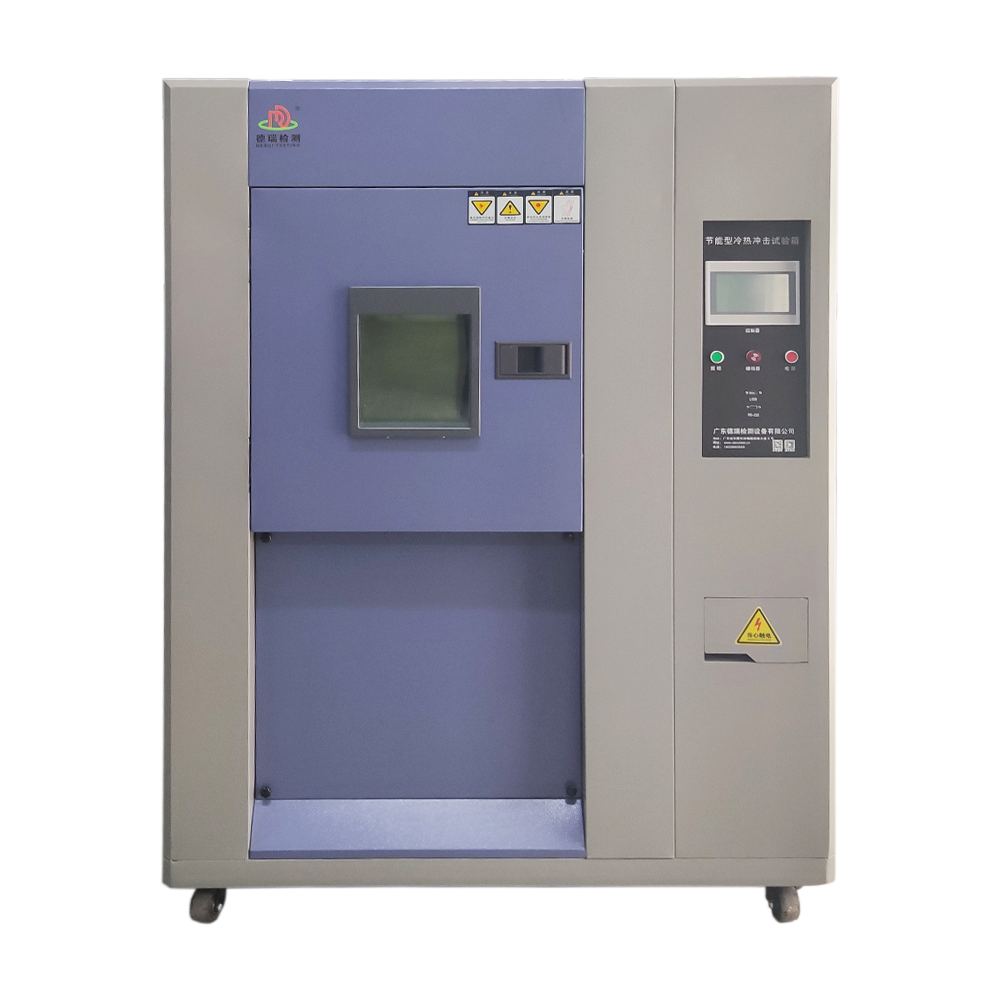
thermal shock test chamber for polymer materials
Product Details:
- Resolution 0.1C / 0.1% RH
- Port Size 50 mm cable port
- Measuring Range -70C to +200C
- Operating Voltage 220 V AC
- Response Time 3 minutes between chambers
- Frequency 50 Hz
- Interface Type USB / RS232
- Click to view more
thermal shock test chamber for polymer materials Price And Quantity
- 688005.0 INR/Unit
- 1 Unit
thermal shock test chamber for polymer materials Product Specifications
- USB / RS232
- 220 V AC
- 50 Hz
- 3 minutes between chambers
- 0.1C / 0.1% RH
- Approx. 350 kg
- 50 mm cable port
- -70C to +200C
- 7 TFT color touchscreen
- 20% to 98% RH (programmable)
- Adjustable, up to 0.8 MPa max
- Up to 36 specimens (standard racks included)
- 50 liters (test compartment volume)
- 450 mm
- Fully Automatic
- Rapid thermal cycling and durability testing of polymer materials
- PLC based automated control
- 0.3C (temperature), 2% RH (humidity)
- Thermal Shock Test Chamber
- Polymer durability, heat/cold resistance validation
- 1600 mm (overall external dimension)
- Programmable cycles, overheat protection, data logging, audible alarm
- AC 220V 10%, 50Hz
- -70C to +200C
- Floor standing
- Not Applicable (N/A) for chamber body
- Programmable, rapid thermal cycling (rate up to 20C/min)
- -70C to +200C (test chambers alternating)
- Up to 100 mm 100 mm 10 mm
- Standard 300 mm tray travel
thermal shock test chamber for polymer materials Trade Information
- Cash in Advance (CID)
- 100 Unit Per Month
- 7 Days
- All India
Product Description
| Model | DR-H203-50 | DR-H203-100 | DR-H203-150 |
| Basket internal dimension | 350W*400D*350Hmm (50L) | 500W*450D*450Hmm (100L) | 550W*450D*550Hmm (150L) |
| External chamber dimension | 1230Wx1830Dx1270Hmm | 1380Wx1980Dx1370Hmm | 1420Wx2000Dx1400Hmm |
| High temperature chamber preheating range | Ambient to +160,<35min | ||
| Low temperature chamber precooling range | Ambient to -50,<70min | ||
| Test temperature | -40 to +150 | ||
| Temperature deviation | 3~5 | ||
| Lifting switch time | 10 seconds | ||
| Test duration | >30mins in high temperature chamber / low temperature chamber | ||
| Test hole for cable routing | Diameter 50mm on the left of chamber attach a silicone plug | ||
| External chamber material | High quality electrolytic steel plate spray with powder, antirust | ||
| Internal material | SUS#304 stainless steel | ||
| Thermal insulation material | High quality superfine glass fiber | ||
| Refrigerant | R404A / R23 | ||
| Cooling method | Water cooling | ||
| Power supply | Three phase, 380V, 50Hz | ||
Advanced Temperature Cycling for Polymer Reliability
This chamber supports rapid and programmable thermal cycling, crucial in evaluating the durability and resistance of polymers under extreme temperature fluctuations. The programmable cycles simulate real-world conditions with precise accuracy, ensuring components can withstand harsh environments and meet industry standards.
Robust Build and Safety Assured Operation
Built with a stainless steel inner liner and powder-coated steel exterior, the chamber offers durability and corrosion resistance. Safety features include over-temperature protection, an interlocking door, and automatic power cut-off, minimizing risk to both samples and operators during intense thermal transitions.
User-Friendly Automation and Intuitive Controls
The chamber incorporates a PLC-based automated system, intuitive 7" touchscreen controls, and built-in memory with USB data export. Automated pneumatic transfer and rapid chamber switching further streamline the testing process, making high-throughput, repeatable testing efficient and straightforward for lab personnel.
FAQs of thermal shock test chamber for polymer materials:
Q: How does the thermal shock test chamber transfer samples between hot and cold zones?
A: The chamber utilizes an automatic pneumatic drive system to transfer specimens between hot and cold compartments, ensuring rapid and reliable thermal cycling with a response time of 3 minutes, essential for accurate polymer material testing.Q: What types of polymer specimens and sample sizes can the chamber accommodate?
A: The chamber can hold up to 36 polymer specimens, each measuring up to 100 mm 100 mm 10 mm, on standard racks within the 50-liter test compartment, providing ample flexibility for a range of sample configurations.Q: When should rapid thermal cycling be used in polymer testing?
A: Rapid thermal cycling is best applied during durability validation and quality control phases to simulate extreme environmental conditions and assess the resilience of polymer materials, ensuring compliance with IEC 60068-2-14, ASTM D794, and ISO 28706 standards.Q: Where is data from the tests stored or exported?
A: Test data is stored in the chambers built-in memory and can be easily downloaded via a USB interface, offering seamless integration into laboratory workflows for record-keeping and analysis.Q: What makes this chamber safe and reliable for continuous operation?
A: The chamber is equipped with over-temperature protection, a door interlock system, automatic cut-off functions, and audible alarms, all designed to safeguard samples and operators during high-speed cycling and extreme conditions.Q: How does the chamber maintain temperature and humidity accuracy?
A: A cascade refrigeration system (using CFC-free refrigerants) and SSR-controlled nichrome heaters regulate temperature from -70C to +200C with 0.3C accuracy. Humidity is programmable from 20% to 98% RH with 2% RH accuracy, all monitored and controlled via PLC automation.
Price:
- 50
- 100
- 200
- 250
- 500
- 1000+



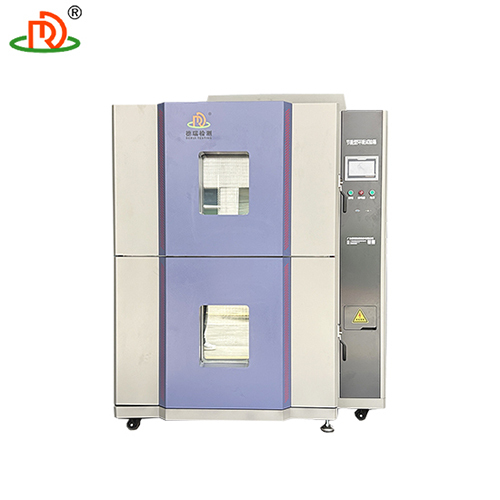
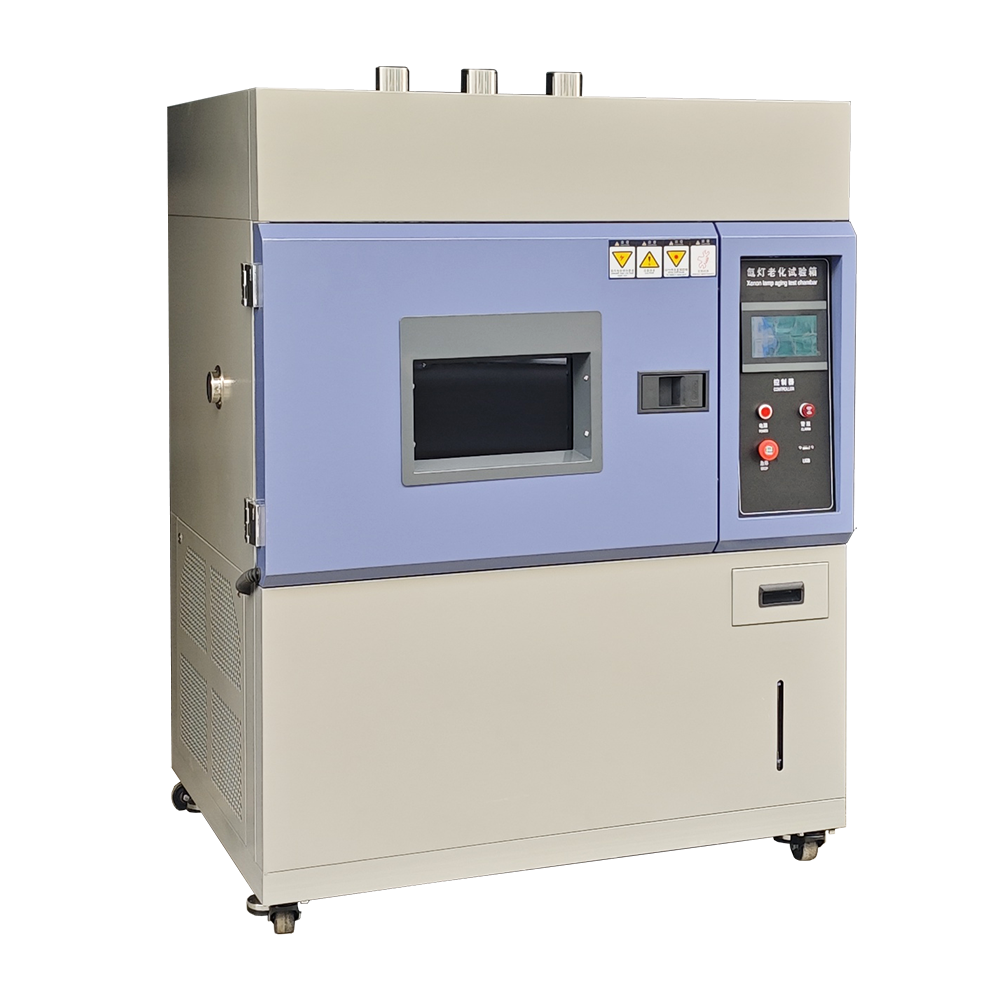
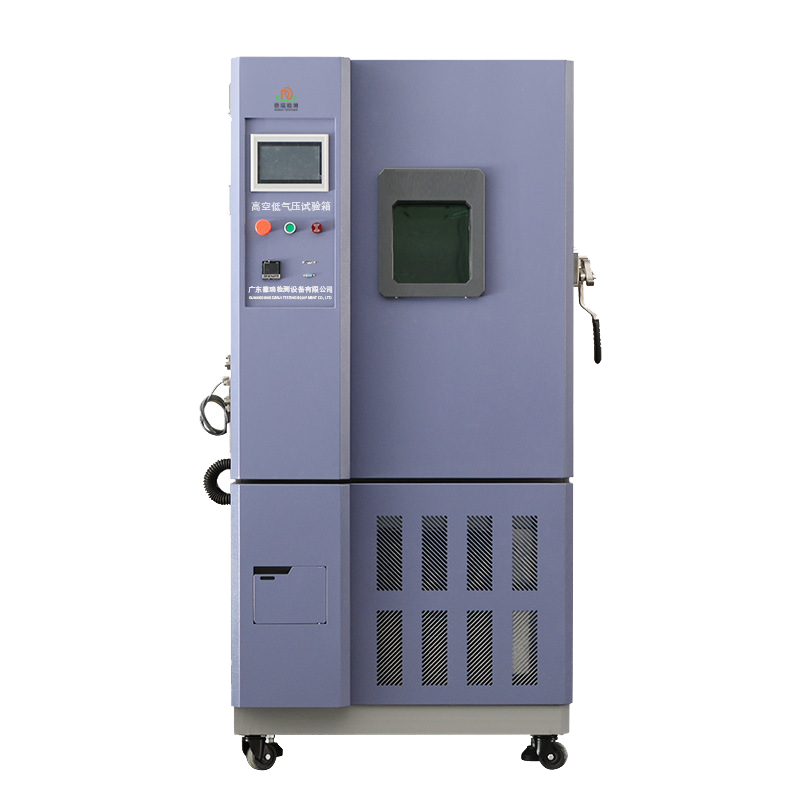
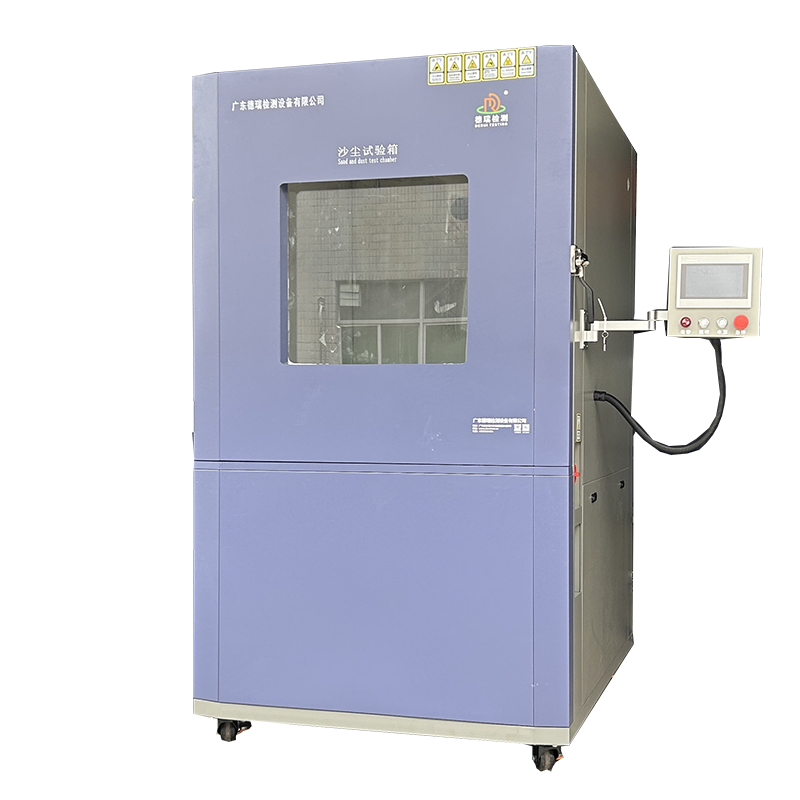

 English
English Spanish
Spanish French
French German
German Italian
Italian Chinese (Simplified)
Chinese (Simplified) Japanese
Japanese Korean
Korean Arabic
Arabic Portuguese
Portuguese